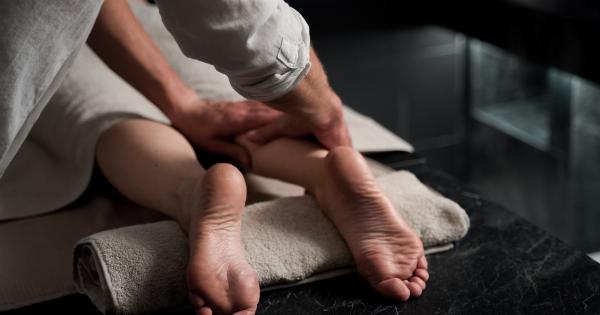Foot wounds are a common complication of diabetes and can often become severe if not managed properly. Diabetes affects the body’s ability to heal and can lead to reduced blood flow and nerve damage, making it more difficult for wounds to heal.
Learning how to effectively manage foot wounds in diabetes is essential for preventing complications and ensuring optimal healing. This article will provide a comprehensive guide on how to manage foot wounds in individuals with diabetes.
Understanding Foot Wounds in Diabetes
Foot wounds in diabetes, also known as diabetic foot ulcers, are typically caused by a combination of factors such as neuropathy (nerve damage), peripheral arterial disease (reduced blood flow), and high glucose levels.
Neuropathy can lead to a loss of sensation in the feet, making it difficult to detect injuries or wounds. Reduced blood flow can impair the delivery of necessary nutrients and antibodies to the affected area, hindering the healing process. Additionally, high glucose levels can weaken the immune system, making it harder for the body to fight off infections.
Prevention Measures
Preventing foot wounds from occurring in the first place is crucial in managing diabetes. Here are some preventive measures that can be followed:.
1. Daily Foot Inspections
Patients with diabetes should inspect their feet daily to detect any cuts, blisters, or redness. Using a mirror or seeking assistance when needed can help examine hard-to-see areas.
2. Proper Foot Hygiene
Keeping feet clean and dry is essential. Washing feet with mild soap and warm water, and thoroughly drying them, helps to prevent infections and skin breakdown. Moisturizing the feet, except between the toes, can prevent dryness and cracking.
3. Choosing Suitable Footwear
Well-fitting shoes and socks made of breathable materials should be worn to reduce the risk of friction and blister formation. Avoiding high heels and narrow or pointed toe boxes is crucial.
4. Regular Nail Care
Proper nail care is important in preventing injuries. Trimming toenails straight across and avoiding cutting them too short reduces the risk of ingrown nails and subsequent infections.
5. Blood Sugar Management
Maintaining blood sugar levels within the target range helps to promote wound healing and reduce the risk of complications.
Managing Foot Wounds
If a foot wound does occur, prompt and proper management is vital. Here are some key steps to follow:.
1. Cleanse the Wound
Gently cleanse the wound with mild soap and warm water. Avoid using hydrogen peroxide or iodine, as they can delay healing and damage healthy tissue.
2. Apply an Antibiotic Ointment
Apply a thin layer of antibiotic ointment to the wound to prevent infection. Consult with a healthcare professional to determine the most appropriate ointment to use.
3. Cover the Wound
Cover the wound with a sterile dressing to protect it from further injury and contamination. Ensure that the dressing is changed regularly, especially if it becomes wet or dirty.
4. Offloading Pressure
Offloading or reducing pressure on the affected foot is crucial for healing. This can be achieved by wearing specialized footwear, using custom orthotic devices, or utilizing assistive devices like crutches or walkers.
5. Regular Wound Monitoring
Regularly monitor the wound for any signs of infection or deterioration. If there are any concerns, seek medical attention promptly.
When to Seek Medical Help
While many foot wounds can be managed at home, certain situations warrant medical attention. Seek immediate medical help if you experience:.
1. Signs of Infection
If the wound becomes red, swollen, warm to the touch, or if there is pus drainage, it may be a sign of an infection that requires medical intervention.
2. Worsening Pain
If the pain associated with the wound is increasing or becoming unbearable, medical assistance should be sought.
3. Non-Healing Wounds
If the wound does not show signs of healing within several weeks, it is important to consult a healthcare professional.
Conclusion
Effectively managing foot wounds in diabetes plays a crucial role in preventing complications and promoting optimal healing.
By following preventive measures and promptly addressing any foot wounds that occur, individuals with diabetes can reduce the risk of infection, amputation, and other serious implications. Regular foot care and ongoing communication with healthcare professionals are essential for maintaining foot health and overall well-being in individuals with diabetes.






























